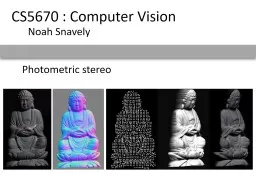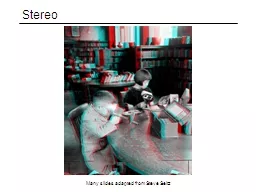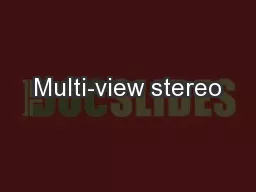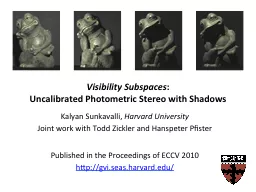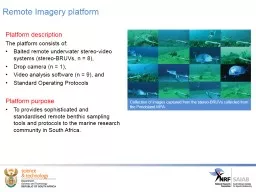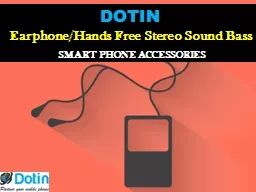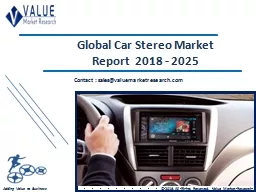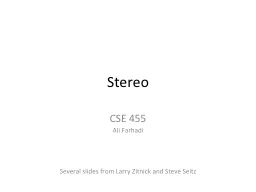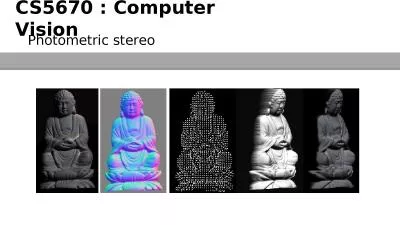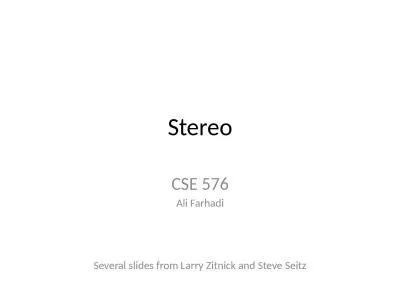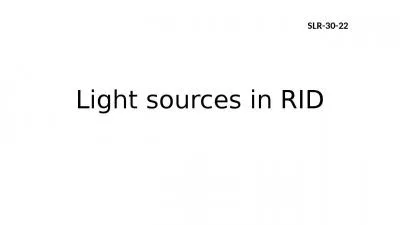PPT-Photometric stereo
Author : celsa-spraggs | Published Date : 2017-08-20
CS5670 Computer Vision Noah Snavely A Single Image Shape from Shading Assume is 1 for now What can we measure from one image is the angle between N and L Add assumptions
Presentation Embed Code
Download Presentation
Download Presentation The PPT/PDF document "Photometric stereo" is the property of its rightful owner. Permission is granted to download and print the materials on this website for personal, non-commercial use only, and to display it on your personal computer provided you do not modify the materials and that you retain all copyright notices contained in the materials. By downloading content from our website, you accept the terms of this agreement.
Photometric stereo: Transcript
Download Rules Of Document
"Photometric stereo"The content belongs to its owner. You may download and print it for personal use, without modification, and keep all copyright notices. By downloading, you agree to these terms.
Related Documents

